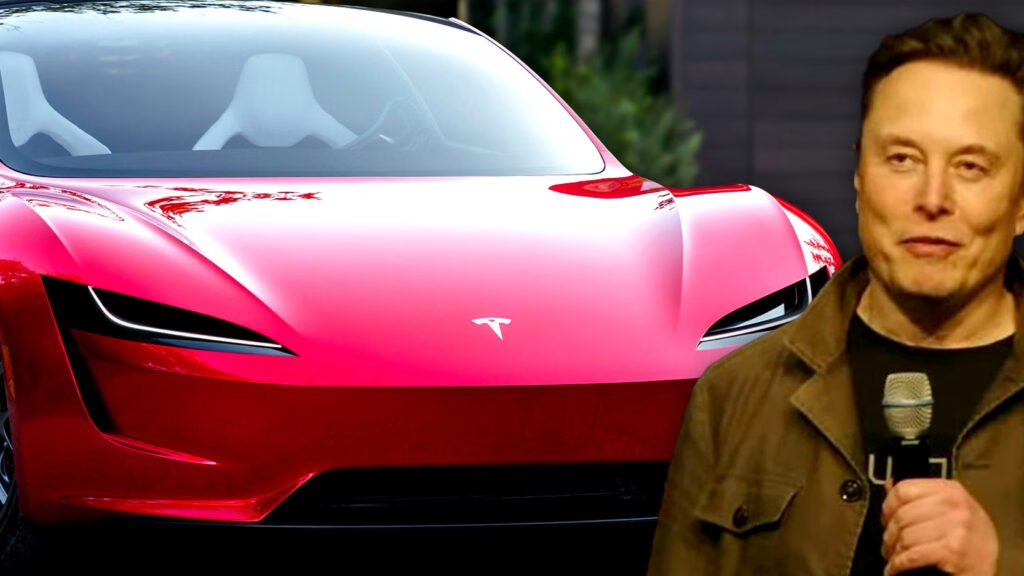Tesla is facing a storm of challenges that could shake its very foundation. With protests erupting at dealerships and a notable decline in sales, the electric vehicle giant finds itself at a critical juncture. The once-celebrated Cybertruck is struggling to gain traction, while the Model S and Model X have become slow sellers, resembling more of a nostalgic relic than cutting-edge technology. So, how can Tesla navigate this turbulent landscape and reclaim its position as a leader in the automotive industry?
What’s Behind the Discontent?
The discontent surrounding Tesla largely stems from its CEO, Elon Musk. His polarizing persona has led to a significant number of potential customers expressing reluctance to consider Tesla vehicles. In fact, recent surveys indicate that a staggering 67% of Americans cite Musk as a reason for their hesitance. This disconnect between the brand and its audience is alarming, especially when you consider the level of loyalty Tesla once enjoyed.
The protests and even violent incidents at dealerships signal a deeper issue. Customers are not just unhappy; they feel betrayed. Addressing these sentiments should be a priority for Tesla. A potential first step? Reassessing Musk’s role and perhaps distancing the brand from his controversial public image.
Revamping the Product Lineup
While the Model 3 and Model Y continue to perform well, the rest of Tesla’s lineup feels stagnant. The Model S and Model X, in particular, are in dire need of a refresh. A redesign could breathe new life into these models, but it’s essential to recognize that merely updating the aesthetics won’t suffice. Deliveries of non-Model 3/Y vehicles have plummeted, with only 12,881 units sold in the first quarter of the year. This indicates a pressing need for innovation and excitement in Tesla’s offerings.
The Cybertruck, once touted as a revolutionary vehicle, has not lived up to the hype. To combat this, Tesla has introduced a more affordable variant, which is a step in the right direction. However, the company must continue to explore additional budget-friendly options to attract a broader audience.
What About the Roadster?
Then there’s the second-generation Tesla Roadster, which has been in limbo since its announcement in 2017. At this point, it feels more like vaporware than an actual product. Killing this project could save Tesla money and help distance the brand from Musk’s unfulfilled promises. The focus should shift to delivering products that are not only innovative but also tangible and available to consumers.
The Future of Full-Self Driving
Another area that needs urgent attention is Tesla’s full-self driving capabilities. The company has made bold claims about achieving ‘true’ autonomy, but skepticism is growing. The Cybercab, a proposed robotaxi, could be a game-changer, but trust must be rebuilt. Tesla needs to either deliver on its promises or pivot to more realistic goals that can be achieved within a reasonable timeframe.
Sticking to What Works
Despite the challenges, the Model 3 and Model Y remain strong performers. These vehicles have resonated with consumers for a reason, and Tesla should continue to invest in their development. Enhancements, such as improved battery technology and software updates, can keep these models competitive in an ever-evolving market.
In the end, Tesla’s path forward is fraught with obstacles, but it’s not insurmountable. By addressing leadership concerns, refreshing its product lineup, and focusing on transparency regarding technological advancements, Tesla can begin to mend its relationship with consumers.
What’s the big takeaway? Tesla isn’t about perfection—it’s about smarter adjustments. Start with one change this week, and you’ll likely spot the difference by month’s end. The road ahead may be rocky, but with the right strategies, Tesla can reclaim its status as a trailblazer in the electric vehicle market.

